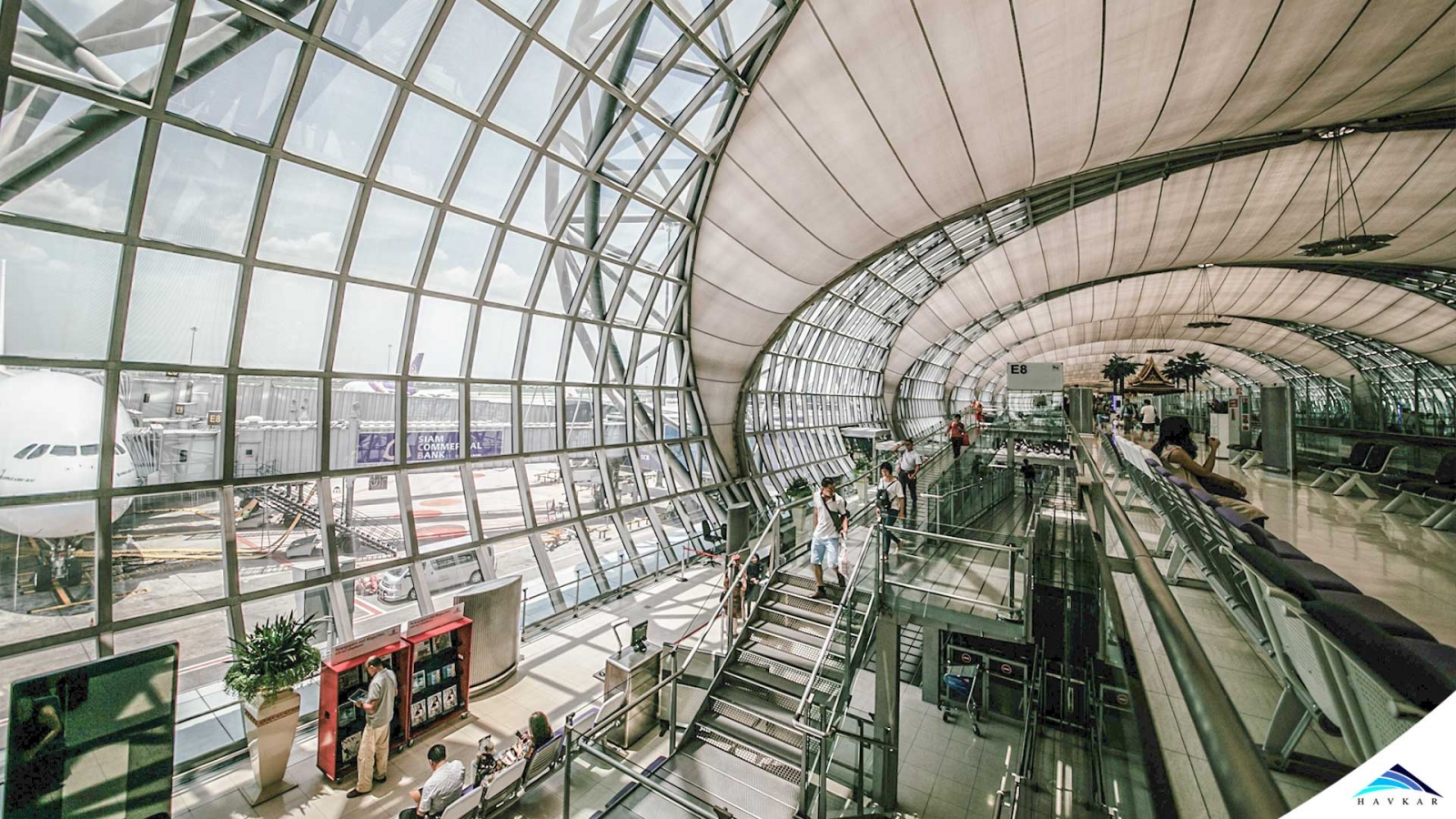
But all these airports were not building at the same time. And the first airports or aerodromes that existed were of course very different than the ones that exist and are used nowadays.
One thing we have to understand, is that aviation emerged pretty much at the same time in various places, so knowing exactly which airport was the first one isn’t an easy task, and even defining what is and what isn’t an airport isn’t always simple.
The very first airplane flight is considered to have been accomplished by the Wright brothers, on the 17th of December 1903, at Kitty Hawk, North Carolina. This couldn’t be called the first airport though, since it never was an airport, there simply is an airfield at Kitty Hawk.
Then the Pearson Field Airport (Vancouver, Washington) could be considered as the first, because in 1905 a dirigible landed at the airfield, followed by the first landing of airplanes in 1911. And this airfield is still in use by the way.
Though the title of the world’s first airport goes most of the time to College Park Airport, in Maryland, in the USA. This airport is known as the “cradle of aviation”, and has since been listed on the National Register of Historical Places in 1977. The airport was founded in 1909, it started being an airport when Wilbur Wright, one of the two brothers behind the first flight ever, was instructing two military officers to fly the first government’s plane the same year.
Two years later, in 1911, the first military school ever opened, and the airport has home to the first military pilot to perform a solo flight aboard a governmental plane, as well as the first female pilot in the US in 1912 on a military plane.
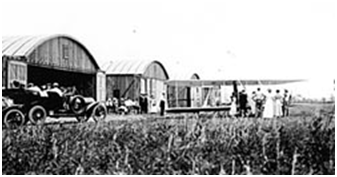
A picture of the College Park Airport in its early days.
The Post Office Department created the first Airmail Postal Service in College Park Airport in 1918, offering service towards New-York and Philadelphia. This service stopped in 1921 though.
Son and father Henry and Emile Berliner came to the airfield in 1920 with some ideas for vertical flight machines and made the first controlled helicopter flight in 1924.
From 1927 until 1933, the airport was home to the first tests of radio navigation aids during bad weather, helping pilots navigate with low visibility. This is somewhat the ancestor of the modern ILS (Instrument Landing System, used by nearly every large airplane today to land during bad weather conditions).
From 1927 to 1957 George Brinckerhoff took over the airfield hosting numerous air shows.
The story of College Park Airport goes on since then, but as a simple airport for private flights mostly. Not getting very big, but still being active, having a single 2,607ft (795m) long and 60ft (18m) wide runway, with the ability to park more than one hundred small sized airplanes, the airport never got any bigger. Since 1981, there now is a museum presenting the story of the site, the College Park Aviation Museum (the current one opened in 1998). The museum has a replica of the 1909 College Park Airport hangar, as well as numerous airplanes displayed.
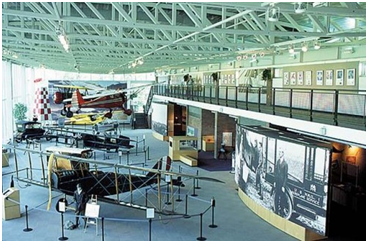
Here is a view inside the museum, with some of the airplanes in display.
As a little side note, College Park Airport’s address is 1909 Corporal Frank Scott Dr, College Park, and 1909 is its launch year, a simple and interesting anecdote.
Some other airports also have some interesting firsts that are worth mentioning:
Atlantic City Bader Field, in the USA isn’t the first airport as we saw, since it opened in 1910, saw first passenger service in 1911, and was the first US municipal airport to be for both seaplanes and land based planes. Technically, it could be considered as the first airport, because it was the first airport to be called as such: the word “air-port” was first used in the newspaper in 1919, referring to the Atlantic City Bader Field. Scheduled commercial airline service on this airport finished in 1990, and traffic has been taken over by the much bigger Atlantic City International Airport since then. The airport is now a sort of ghost airport.
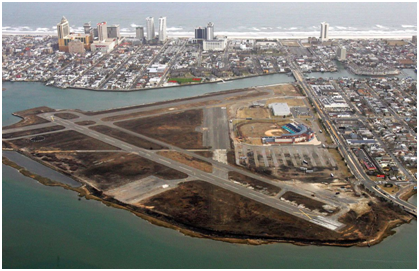
Since 2016 the Atlantic City Bader Field is actually for sale.
We can’t speak about the first airports without mentioning the Hamburg Airport that opened in January 1911. For the first two years it was mainly used for airships, until it was expanded and planes started landing there, in 1913. It was used as a hub by Lufthansa when it started passenger flights in 1955, until the Frankfurt Airport took over a few years later. But the Hamburg Airport is still in use today, as an airport in the meaning we commonly use of the word airport for: passengers taking off on commercial airliners. In 2016, more than 16 million passengers went through this airport, making it still very active.
Airports are now nearly everywhere, and have changed a lot since the early 1900s. We are going to go through some of these changes that make today’s airport what they are.
First of all, the first airport with scheduled flights was the Hounslow Heath Aerodrome (near London), in August 1919. A plane first landed at this airport in 1909 and a hangar was build one year later.
The first lighting was introduced in the 1920s, and the first approach lights were introduced in the 1930s (these indicate directions and the angle of descent to the airplane in approach). Slope-line approach systems were introduced in the 1940s; these being funnel shape lights used to indicate the aircrafts position.
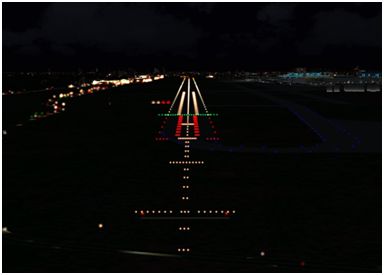
Approach lights on during a night landing on a runway used nowadays.
After World War II, airports were rearranged, and more organized, since aviation had made some big leaps forward. The biggest boom though happens in the 1960s, when jets start appearing, the first commercial one being the De Havilland Comet. With these newly powered planes, runways were extended to 3,000m (9,800ft) and made of reinforced concrete.
Since the first grassy fields, up to the huge city-like airports that we have today, a lot has changed in a little over a century, so we can only imagine how the ones of the future will be like. And maybe we will also see in the next decades spaceports appear, letting us head to the stars.